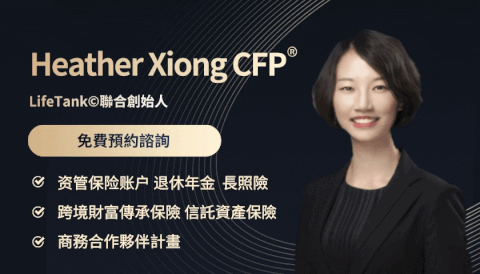preface
When most people think of investment, two concepts often pop up in their minds: one is compound interest growth (long-term stable returns, small snowballs become big snowballs), and the other is high rate of return (the winners of zero-sum games in a short period of time will make more money in the market. ).
Compound interest growth and high returns are in most cases actuallyConflicting, It is difficult to achieve simultaneously on a single investment object.Because the market has the ability to balance itself for a long time.Prosperity is bound to decline. If it is not, the hot spot of huge profits is always shifting.
However, one mistake most people make is to treat these two original objects as the same thing.It often takes care of one and loses the other, even if it makes huge profits in the short-term, it is difficult to maintain it in the long-term.
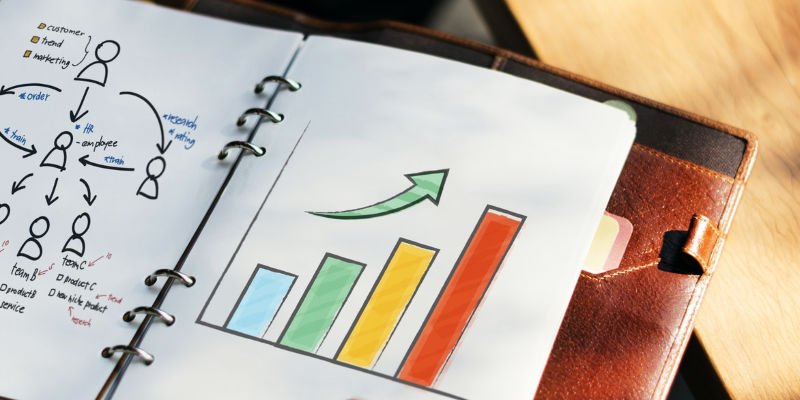
The new concept discussed today is a "low-risk asset allocation" that can achieve compound interest growth, and an excellent way to achieve it.
Low-risk assets are the next hot spot in this "expensive" financial era
Everything seems to be getting more and more expensive in this era.Tuition, medical care, and even the latest Iphone10 have risen from 4000 RMB when the original Iphone was launched to more than XNUMX units.Prices have more than doubled in ten years.However, more and more people are buying iPhones, and more and more people who can afford it.Because it is our investment assets that have risen more than prices.
There is such a joke in the financial world, saying that the two biggest bubbles in the world today:One is China's housing prices, and the other is US stock prices.Many years ago, the 10w per square meter top-level residence on the Huangpu River "Tomson Yipin" surprised the world. Now the 10w per square meter/price is commonplace.In contrast, since the 2008 financial crisis in the United States, the growth of several giant IT companies has actually been much higher than China's housing prices.In the second place, the slightly less innovative incumbents such as Microsoft have also increased by 6 times.If Apple, Amazon, and Google have soared more than 10 times.You must know that these blue-chip stocks in the United States are not afraid to hold them in a comprehensive fund.The wealthy is the real retirement account of every American citizen.

The scary thing is not the price itself, but the growth rate.Putting aside all kinds of esoteric analysis, just talk about the fundamentals: no matter how hard a human society is, no matter how smart it is, it is impossible to continue to increase productivity at such an intimidating growth rate.If it can, then human productivity may be able to immigrate to outer space within a few decades.Once the economy itself grows faster than the growth rate of productivity, sooner or later, it will pull back.Not only will there be a callback, but it may also be overcorrected.It was only then that people discovered that apart from the advancement of technology, it turns out that this economic era is no different from the previous economic era.It's just that I unknowingly become enthusiastic.
The core of investment is to control risks.When the market is generally at a trough, high-risk assets will inevitably prevail-the essence of which is to appropriately release risks in exchange for high profits.And when the market becomes more and more expensive, low-risk assets slowly step onto the stage to control risks to control future losses.Every dollar you lose in a bear market will be converted into profit in future bull market cycles.
 "Low risk" does not mean "low return"
"Low risk" does not mean "low return"
"Low-risk assets" specifically refers to asset allocations where the theoretical risk is lower than most investment products in the market, and the actual risk has hardly ever experienced a loss in the past history.For example, putting money in the bank is a low-risk allocation.Although banks may fail in theory, large state-owned banks have never failed in history, and your stock and real estate are already worthless on the day of the bankruptcy.
Treasury bonds, especially U.S. Treasury bonds, are another example.If you only hold an ETF (fund) of Treasury bonds, then the risk is not low.Because it will also rise and fall according to market supply and demand (especially when the stock market is booming, bonds often go down in the short term).But if you hold it since the issuance of U.S. Treasury bonds, you can convert them until the redemption date.Then the annual interest is guaranteed.Unless the US government goes bankrupt, there are no other risks.In fact, on the day the US government fell, I am afraid it would be more practical to consider how to survive the war.
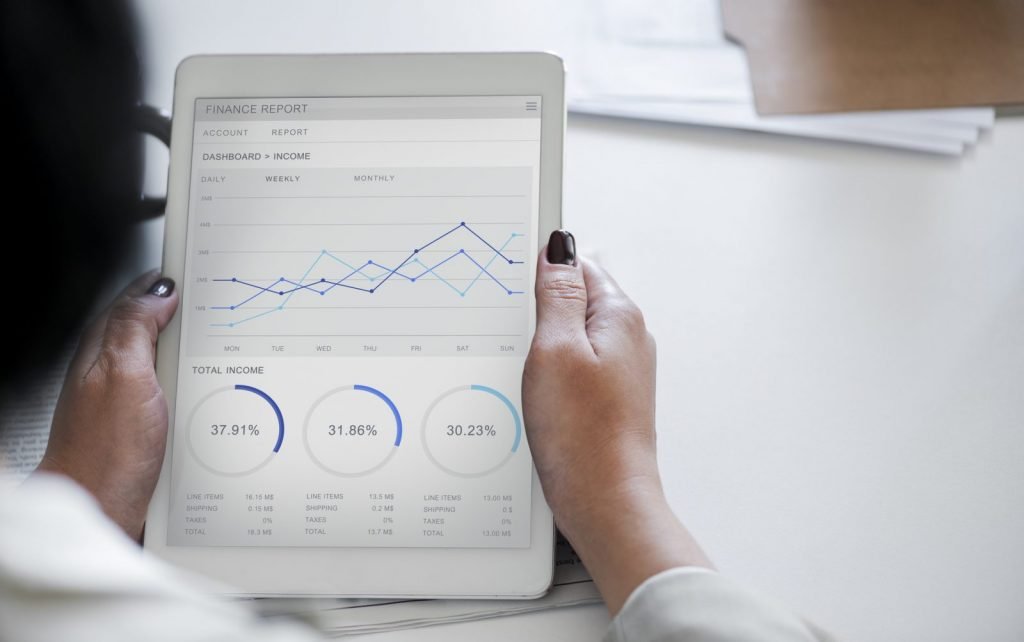
Risk control itself has no direct relationship with the rate of return.The reason why people feel that "low risk" will definitely bring low returns is because most people are exposed to simple and rude ways to control risk.There are two common ways to control risks:
One is to directly reduce risk by reducing the rate of return: For example, the original 100% stock account is replaced with 25% stock and 75% cash in order to control risks.The subprime mortgage crisis reappeared, the market fell by 40%, and others were thinking about jumping off the building, you only lost 10% and still talked and laughed.But if the market has risen by 20% this year, you can only increase by 5% plus a little bank interest.
The second is the company’s investment to make a big head, and dividends will give you a small head.For example, dividend insurance, an insurance company will distribute a small amount of dividends to its customers on the basis of profitability.It is not easy for a company to continue to make profits all year round. Even if the dividends have been good in the past, there is no guarantee that the next few decades will be as good as one day.
So, is it possible to control the risk to a theoretically low level without sacrificing most of the profits?The answer is yes, not one kind in the United States.
For example, when investors set a limit on the investment withdrawal ratio every year-the investment company allows investors to freely choose funds while guaranteeing the lowest rate of return each year.The reason is that the investment company has a large number of accounts with customers of different ages. As long as the minimum guaranteed rate of return and the ratio of withdrawals are lower than the historical rate of return of the US stock index, such protection poses almost no risk to the company.But for individual investors,In this way, personal risks are borne by the public.In other words, when an individual invests, because the individual rate of return is half the probability of higher than the average return of the U.S. stock market, half of the probability will be lower than the average return.With the year-on-year growth and the increase in assets, the returns have to be lowered for stability.And when everyone puts their accounts together at different ages, there is no risk of age and amount of funds-they can get an average rate of return.
Another way to control risk is index linking.Through the combination of bonds and futures.Bond investment guarantees the bottom, and futures investment offsets profits.It can be achieved within a certain range that the investment objects grow with the market growth, but there is zero risk and no loss when the market declines.
The above two methods are especially suitable for some financial companies with huge capital holdings.Among them, American annuity companies and insurance companies bear the brunt.Because of their pension management, and premium guarantees, these companies originally need to be strong and have huge capital reserves.Natural strength advantages, coupled with healthy market competition.Today the best index insurance companies in the United States can achieve annualized returns7-11%Not waiting.Not only is it much higher than dividend-paying insurance companies, but its performance depends on the consistent historical performance of the market and optimized algorithm models, and has nothing to do with the company's own profitability.More objective and lower actual risk.
Finally, "low-risk allocation" is not only needed during a bear market.As we have more and more assets, get older, and weaken our energy, low-risk assets that do not require subjective management become more and more important and indispensable.The irony is that when our brains and energy are weakened, it is precisely when we need stability and the highest possible return rate – because this is when we tend to have the most assets.
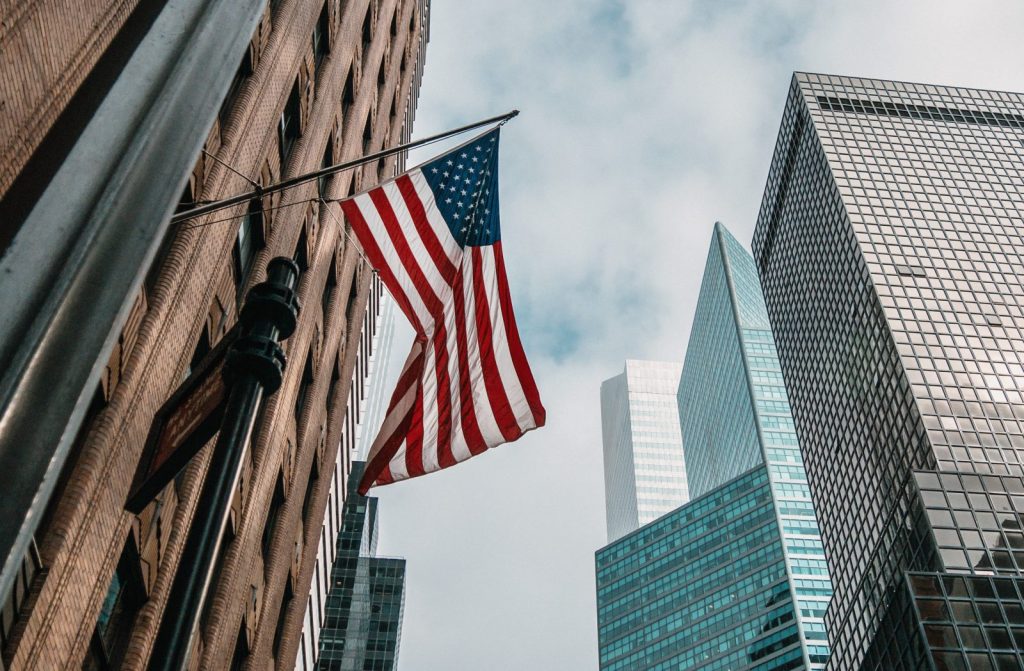
American Insurance, an excellent tool for "low risk allocation"
Compound interest investment literally means "income with interest, year after year" investment.The time span is at least several decades, and it is necessary to go all out to "income and profit."The rate of return alone is not enough to minimize risk.andAmerican InsuranceIn addition to the advantage of rate of return, there are several most important advantages, as follows:
Capital advantage, brand and scale
In the 08 financial crisis in the United States, hundreds of companies were dumped.At that time, both Lehman Brothers (an established fund company) and AIG (a relatively large insurance company) faced the dilemma of inefficient capital turnover.In the end, the U.S. government abandoned the car to protect the handsome.Saved AIG and abandoned Lehman and let it go bankrupt.This shows the importance of insurance companies to a country.Not to mention that there are more established American insurance companies far beyond AIG, and many of them have even reached the point where they cannot fall (toobig to fall).On the other hand, the IT giants that are currently in the market are booming, but the natural nature of the IT industry to update and iterate quickly determines that the company's replacement is also very fast.The once blue giant IBM was optimistic about Buffett, but the increase since the financial crisis has not been as high as the average stock index.
It's not that it's not good to be popular, but that for decades of compound interest investment, market hotspots are too unstable-different investment purposes are not the same thing.
Lower cost and lower investment
IfInsurance companyThe biggest risk of the company, except for the company's bankruptcy, is the cost.The cost is determined in accordance with the average life expectancy of the country’s resident population.The mainland of China is seriously polluted, and the average life expectancy is far worse than that of developed countries, and even worse than Hong Kong.Therefore, Hong Kong insurance is 1/3 cheaper than mainland insurance.American InsuranceIt’s 1/3 cheaper than Hong Kong insurance (Detailed analysis).
In addition to life, the insurance company's commitment also determines the cost.Generally speaking, if the promise is undertaken by the insurance company, then the smallest promise will be more expensive.Because in order to make this promise to customers, insurance companies need customers to invest more capital to ensure that the worst happens, and to ensure that the company is profitable.This is why the products of participating insurance companies are generally more expensive and will not give a breakdown of their expenses.It is not because of how many holes the company has, but because its dividend model determines that sufficient investment is required to ensure a small profit.If the commitment is determined by the market's consistent performance, then the cost will be lower.Because the insurance company did not take on additional risks.But pushing the risk to the market does not mean that the risk will become higher.You know, since the establishment of the US market, the largest increase and the longest duration is not an independent company, but the market itself.
Exchange rate risk may be something you never thought of
The currencies of the world are constantly depreciating, only the speed is fast.The U.S. dollar serves as the comparison standard for other currencies in the world.Its exchange rate stability cannot be replaced.Many Chinese customers have gone to Hong Kong to purchase insurance from Hong Kong. In addition to the higher rate of return and the promise of greater protection against accidents, "USD settlement" is a great advantage.That being the case, wouldn't it be more once and for all to allocate assets in the United States, the birthplace of the dollar.
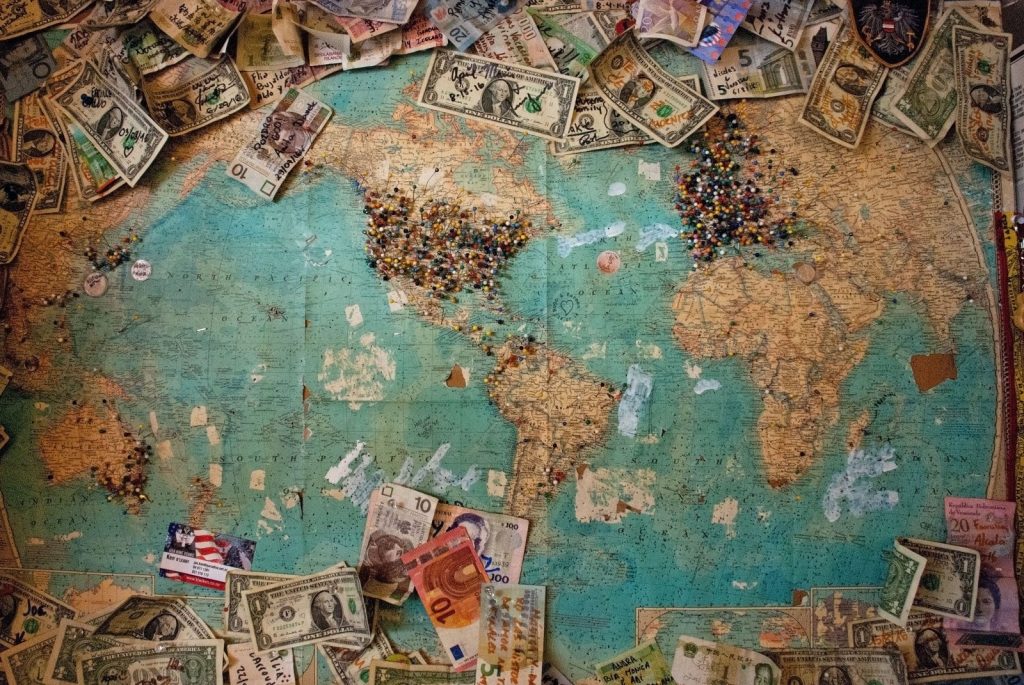
To sum up, although it is called insurance, butAmerican InsuranceCompared with domestic insurance, in terms of rate of return and risk coefficient, it is actually a completely different investment product.
American insurance, not only Americans can buy
American InsuranceThere are so many advantages, so why didn't it catch on?In fact, the U.S. insurance industry has been in a state of "closed home" for a long time-it does not provide insurance services to non-residents of the country.There are also many restrictions on income from assets in the United States.
But this situation has changed in the past few years.
The rise of China as a huge economy has attracted worldwide attention.American insurance companies are also advancing with the times and are increasingly inclined to provide foreign customers with the same services as domestic residents.In the past, the refusal to apply for the United States, which was generally believed by everyone, has become possible.The difficult application requirements have become easier and easier.You can even apply for the most competitive insurance plan of large companies in the United States as long as you have a tourist visa and some proof of Chinese asset income.
Guam, the US mainland, which is the closest to China, is closer to the interior than to the mainland of the United States.The difficulty of purchasing insurance in the United States is not much greater than that in Hong Kong and Macau.Unfortunately, there are still very few brokers who know this trend, and even many brokers in Hong Kong who claim to be able to do American insurance do not know much about it.
U.S. Insurance, the distance to you is just a short-haul ticket.


